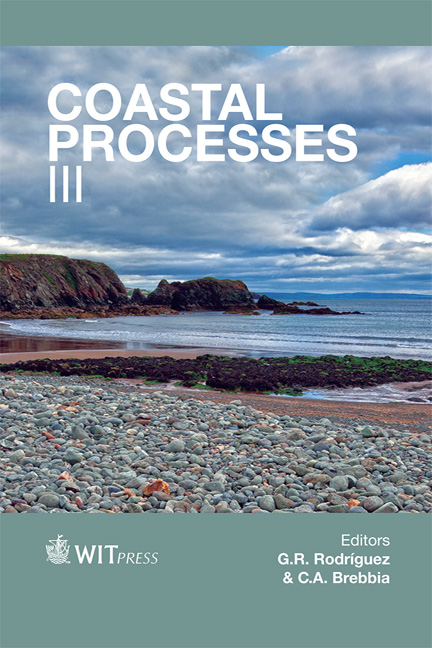Role Of Physical Water Properties And Environmental Disturbances On The Diversity Of Coastal Macrophyte And Invertebrate Communities In A Brackish Water Ecosystem
Price
Free (open access)
Transaction
Volume
169
Pages
12
Page Range
77 - 88
Published
2013
Size
435 kb
Paper DOI
10.2495/CP130071
Copyright
WIT Press
Author(s)
J. Kotta, H. Orav-Kotta & M. Pärnoja
Abstract
Biodiversity is important in maintaining ecosystem viability and the knowledge on how biodiversity is regulated and maintained is a prerequisite for the sustainable management of natural resources. Using three different diversity indices (macrozoobenthos community index, number of functional traits, community heterogeneity), we evaluated the role of physical water properties (water temperature, salinity, and velocity), coastal topography (depth and coastal slope), ice scouring (ice cover and duration) and eutrophication (water transparency, phytoplankton biomass) on benthic macrophyte and invertebrate communities in a brackish water ecosystem of the Baltic Sea. The analyses were performed at multiple spatial scales in order to identify scale-dependent relationships between the environment and biota as well as to promote our understanding of the patterns of macroalgal and invertebrate diversity in the coastal seascapes. The studied indices responded well to the changes in ambient environment and the links between environmental variables and indices were always the strongest at 5 km spatial scale. In general ice conditions, coastal topography and eutrophication had the strongest and physical water properties had the weakest effect to the studied indices. The eutrophication induced effects were the strongest at seascape scales and these are the scales at which the impacts of eutrophication on coastal biota should be assessed. Keywords: biodiversity, bioindication, eutrophication, climate change.
Keywords
biodiversity, bioindication, eutrophication, climate change.





